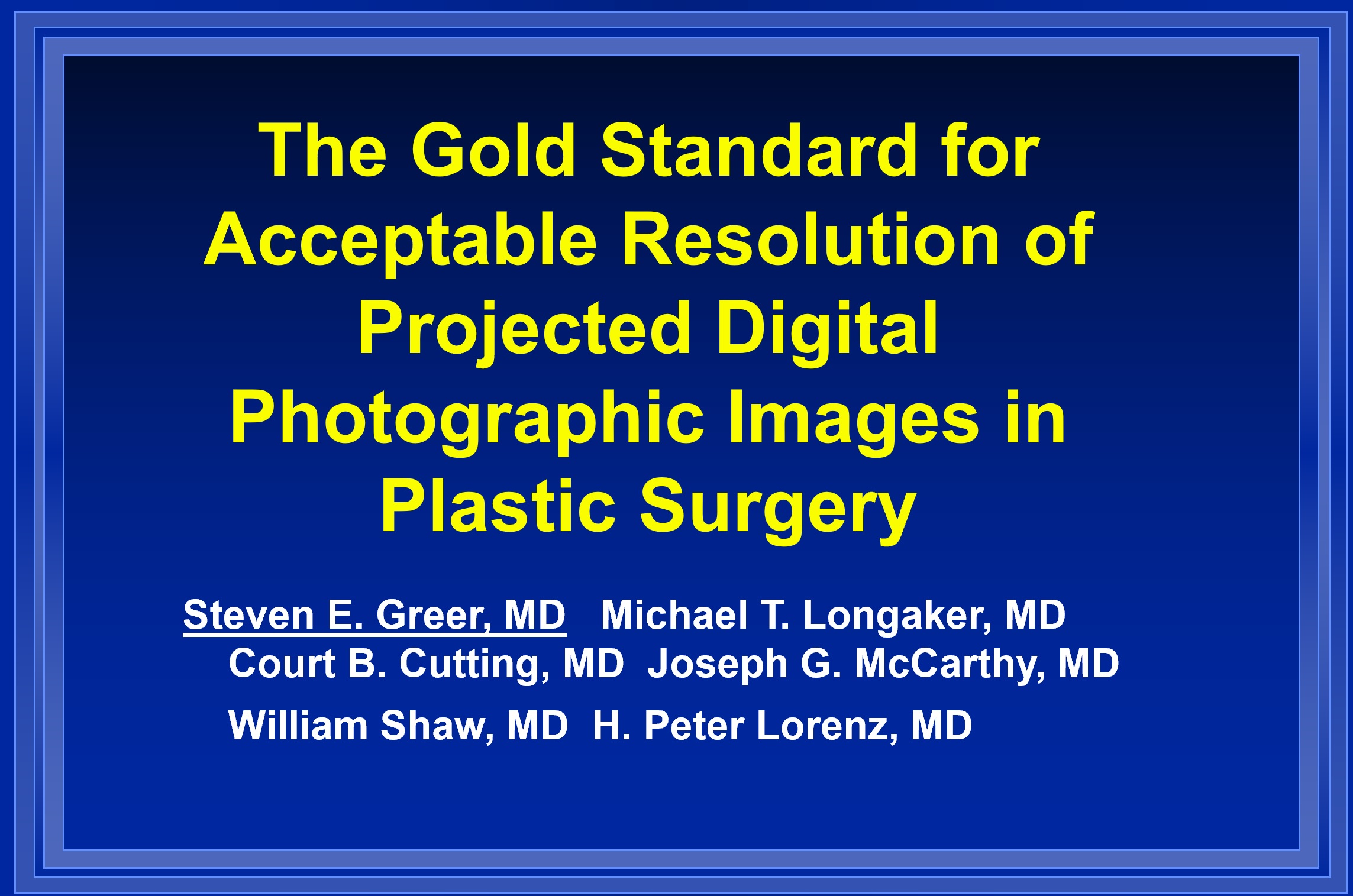This post has been read 1373 times!
November 11, 2023- by Steven E. Greer, MD
I am watching a documentary TV series on the creation of the six George Lucas Star Wars films. When it came to Star Wars: Episode II Attack of the Clones, it reminded me of the time I worked with Lucas Films to push digital photography into the mainstream.
It was the year 1999 and I was still at NYU Plastic Surgery doing research. I was big into tech back then and had been the first one to write chart notes using the Apple Newton, for example. Well, I saw how my digital camera was superior to what the other plastic surgeons were using and created a research project.
Plastic Surgery and Dermatology are the two specialties that use photographs often. Before digital photography, surgeons had large piles of physical film slides. It was cumbersome and not easily searchable.
The NYU Institute of Plastic Surgery (the name has changed) had various programs that relied on large volumes of photos, such as the craniofacial program. I proposed to the Chairman to start a program of transitioning to digital. At the time, terabytes of memory had to be stored on CD Rom discs. That was the big hurdle. The institute proceeded with it.
I knew that the plastic surgery community would want to see some sort of research paper that said the digital images were of acceptable resolution. Old habits are hard to break. Getting doctors to abandon their slides was a big ask.
So, I created a series of side-by-side images of traditional slides compared to digital versions of different resolutions. I had to find a lab to help me because Photoshop was not commonly available to me back then.
I had heard that Lucas Films was working with digital cameras for the Episode II film that was not yet in filming stage. They were creating cameras from scratch as they did back in the 1970’s.
I reached out to Lucas Films and a man replied. He and I worked together on the design of my research project.
The camera company Canon gave me a few free cameras. I traveled out to their offices on Long Island to visit with them.
The project turned out to be a much bigger task than I had expected. I ended up getting the approval to do a survey during the annual meeting that was held at the Los Angeles Staples Center in 1999. I stood on the stage before what seemed like thousands of doctors.
A hundred or so in the audience had electronic gadgets at their seats that let them respond to survey questions (or was it paper forms?). The results were a mess, to be honest. It turned out that very low resolution images were indistinguishable from higher resolution photos. That meant the statistics were insignificant.
I published the results:
Greer SE, Longaker MT, Cutting C, McCarthy JG, Shaw W, Lorenz HP: The Gold Standard for Acceptable Resolution of Projected Digital Photographic Images in Plastic Surgery. Plastic Surgical Forum, 2000
 In writing this essay, I tried to find the name of the Lucas Film person with whom I worked, but my files are missing. I might try to locate him, although Disney now owns Lucas Films.
In writing this essay, I tried to find the name of the Lucas Film person with whom I worked, but my files are missing. I might try to locate him, although Disney now owns Lucas Films.
However, it is all true. I really did work with pioneers at Lucas Film in order to pioneer techniques in plastic surgery. Now, of course, no on uses traditional slides. I was a man ahead of my time.
After that study, I left surgery and went into Wall Street in 2000. Why? Because all of that hard work, plus my other years of research, resulted in no revenue for me at all. I wanted to apply my skills and actually earn a living.
